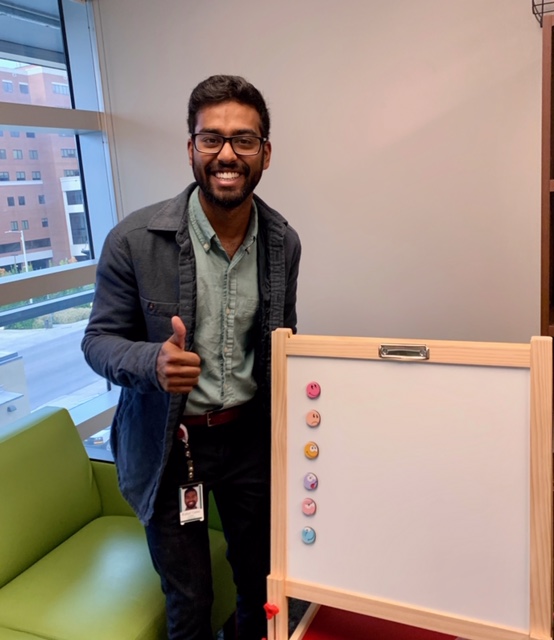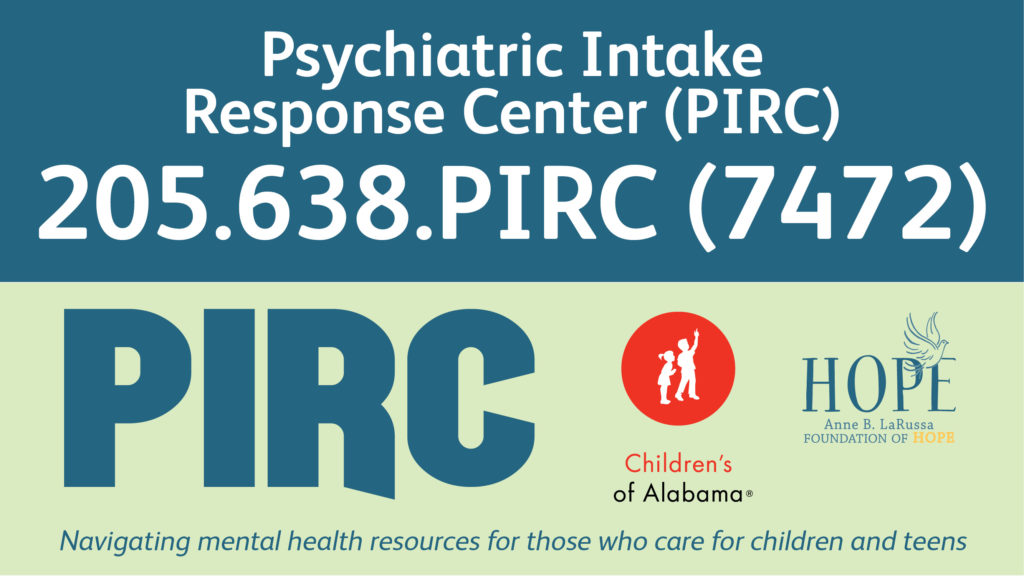By Jasmine E. Crenshaw; January 21, 2020
Developing His Service Project Topic In Mental Health
“Mental health services can provide patients with not only appropriate medication but also connections to therapists and suggestions for lifestyle changes to promote long-term improvement”, current Fellow Rahul Gaini stated as he discussed how the accessibility of the variety of mental health services are beneficial to children’s health, especially those with mental illnesses. Rahul’s collaborative project with both the Crisis Clinic and Psychiatric Intake Response Center (PIRC) at Children’s of Alabama directly addresses these issues in developing additional methods that will decrease structural barriers that may exist for patients and caregivers visiting the Center. Currently a second-year student at the UAB School of Medicine, Rahul developed his project idea, envisioning his own unique career path after finishing both medical school and the Fellowship. He wants a role as a hospital administrator, along with working in the fields of either neurology or psychiatry, so his project provides him with opportunities to explore all three fields. In working with the team at PIRC, he has been able to gain administrative experience in creating protocols to reduce obstacles that may hinder patients from attending their appointments at the Center. Additionally, Rahul has been able to implement the skills he has learned as a UAB medical student in building rapport with patients to learn more about their individual barriers to treatment and adherence.
Triumphs, Challenges, and The Future of His Project
Since the beginning of Rahul’s project, he has been able to accomplish many of the outcomes he originally sought to complete, including an increase in both attendance and appointment adherence from patients. He has also been able to start building a more comfortable experience for patients in the PIRC waiting room in fundraising for and purchasing writing boards for patients. He said that the boards have “given our child patients the opportunity to express themselves with more than just words.” Rahul’s work has truly benefitted the Psychiatric Intake Response Center, according to his site mentor, Cindy Jones, the PIRC Program Director. She exclaimed that Rahul’s project with her team “has helped us receive feedback from patients and families and implement improvements to ensure children have greater access to the clinic”.

In contrast to these triumphs, Rahul recounted one challenge to his project, being that it was difficult to predict all of the possible effects that would occur upon changing the current protocol at the Center. He provided one example of shifting the appointment slots to begin at a later time to increase more punctuality among the adolescent patients, but he was informed by his team that the slots should not change so patients should return to school on time. Rahul found reassurance in working with the PIRC team to address this challenge and to create more sustainable and thoughtful modifications to the protocols.
Ultimately, Rahul hopes that the interventions and modifications will decrease obstacles patients face when going to PIRC appointments, which will hopefully lead to positive outcomes in all aspects of their lives and health. In addition to patients, he hopes that caregivers will have the tools necessary to communicate with their patients more effectively, in hopes of receiving the services needed and attending their mental health appointments more consistently.
All of our 2019 Fellows are in the midst of completing their project year, so I asked Rahul about the lessons learned so far and how he will apply them to the rest of his time in the Fellowship. He was grateful for the team at PIRC and the ability to continue his project after he finishes his Fellow year. He noted that “I’ve learned that teamwork makes the dream work, and sometimes I have to raise awareness of an issue without being able to fix it myself!” He also learned the necessity of dividing lofty project goals into more manageable segments, which in turn decreased project stress and increased organization of the project tasks at hand.




